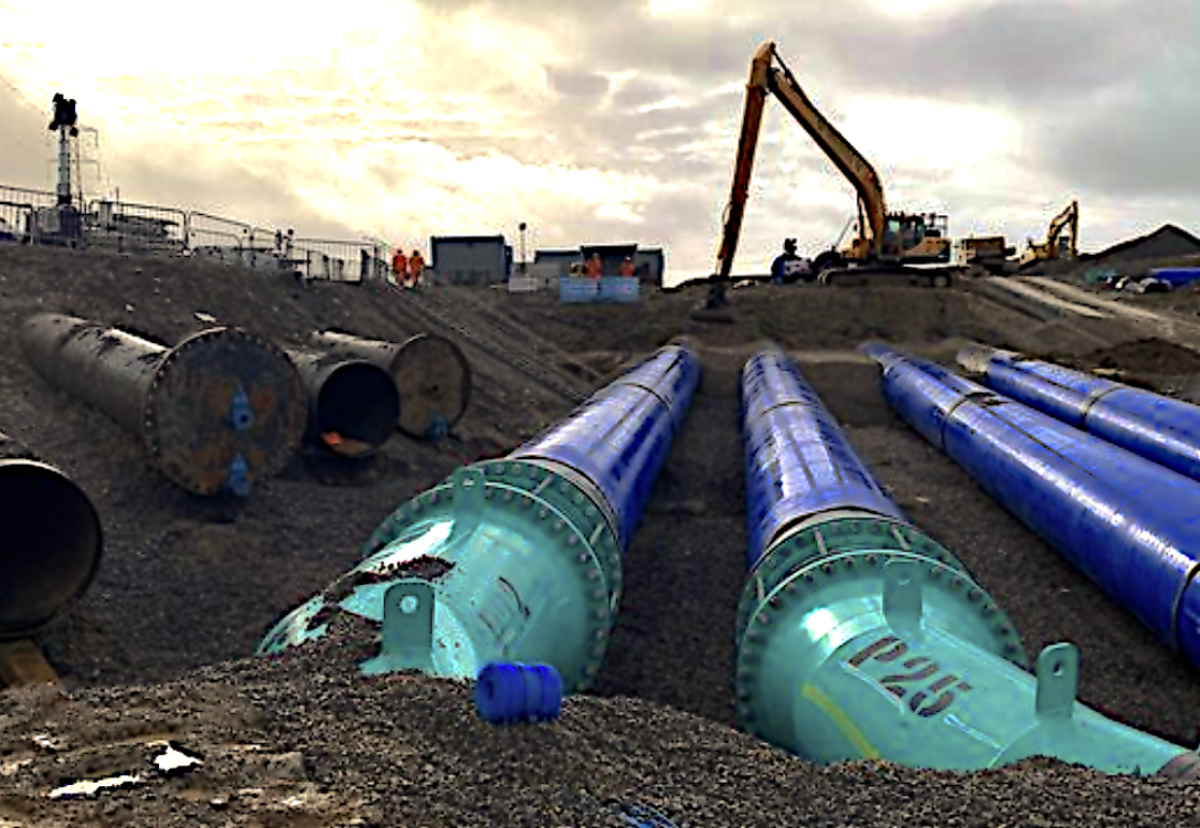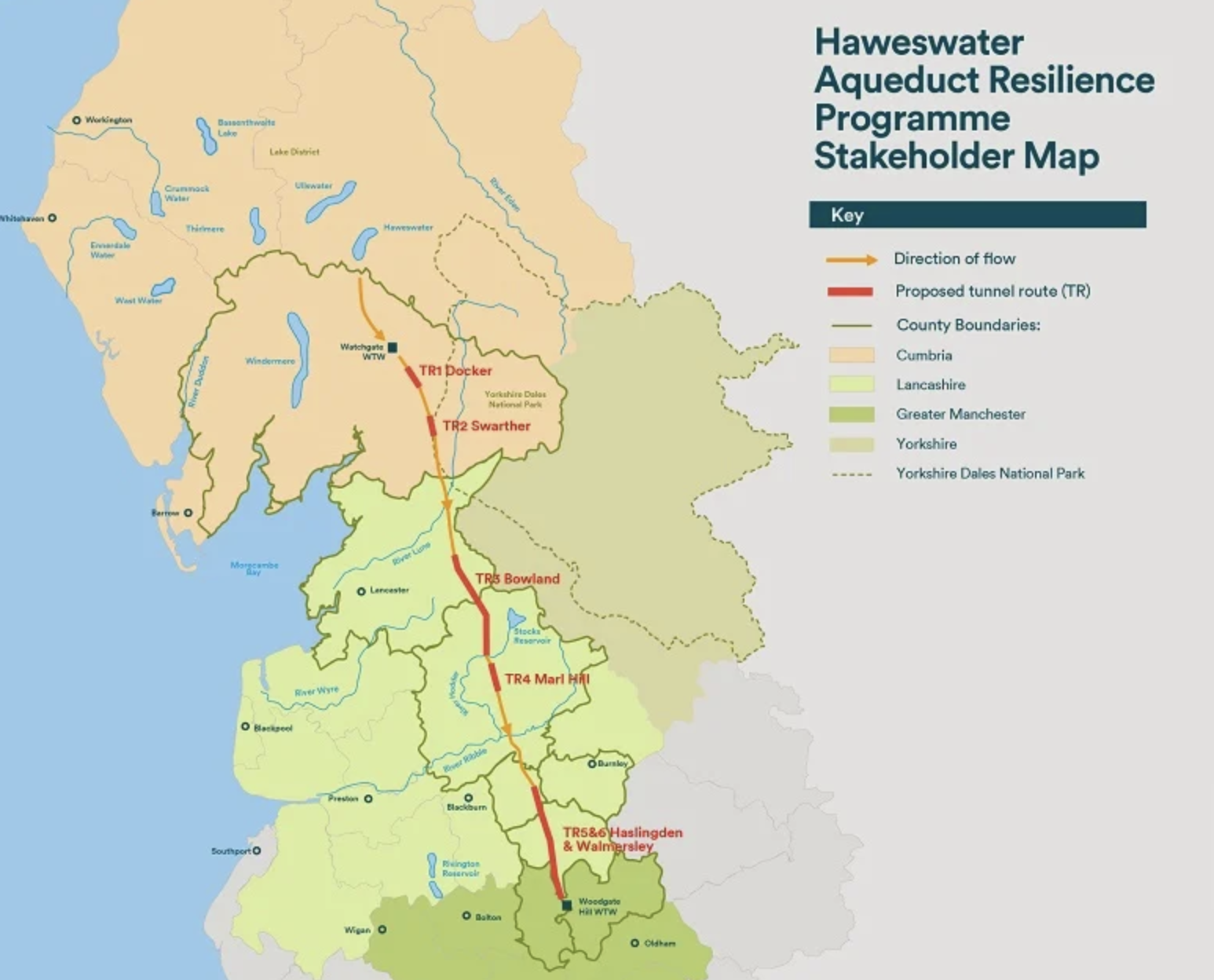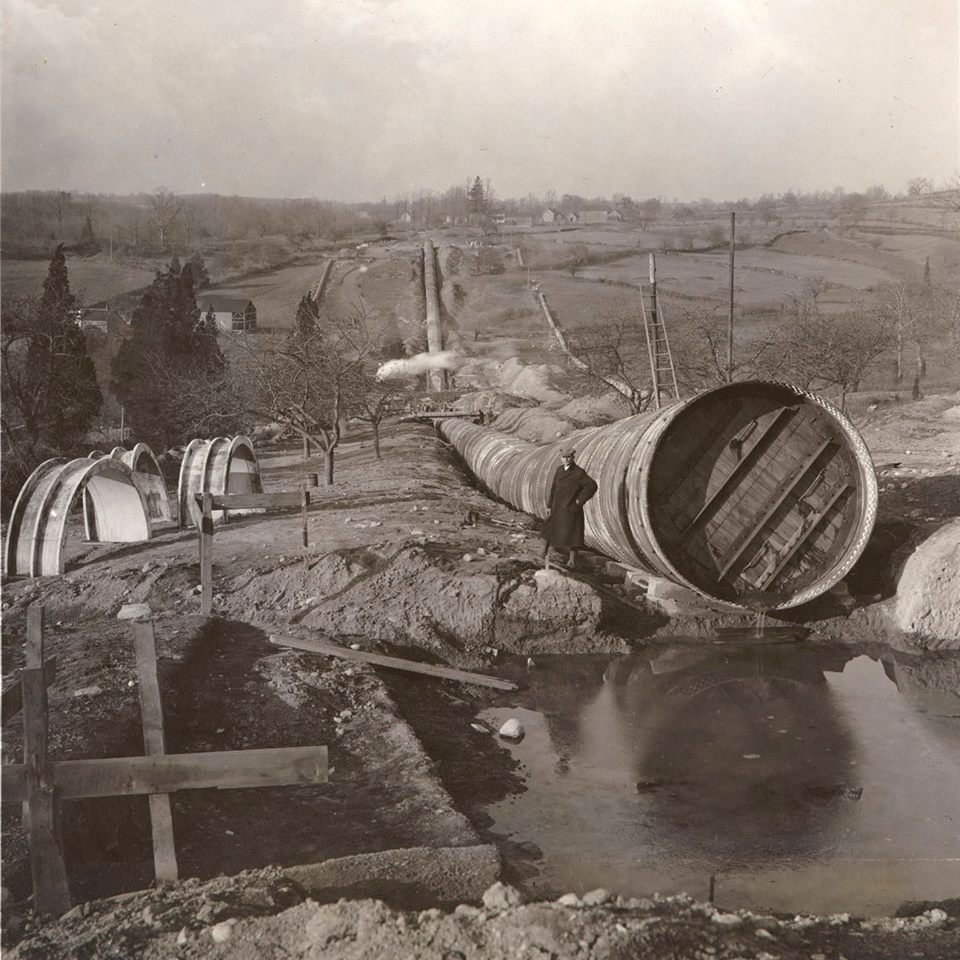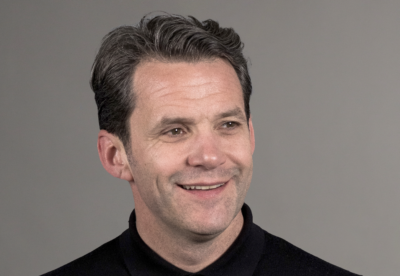The water company is going ahead with the ‘ground-breaking new contract model’, after receiving formal consent from water regulator Ofwat.
United Utilities will trailblaze the design, build, finance and maintain approach for the upgrade of the 110km Haweswater Aqueduct from Cumbria to Greater Manchester which has supplied water for more than 70 years.
It is one of five water companies to be given the go-ahead to use the new Direct Procurement for Customers model, which requires contractors to bring private finance to the table with their bids in a similar way to the old PFI procurement route.
One contractor told the Enquirer: “If this advances work more quickly then I welcome it. But he warned: “It could also see major international contractors entering the market and flexing financial muscle.
“That could be to the detriment of the UK supply chain, having a much more negative long term consequence.”
Another civils firm source said: “UK contractors may be understandably cautious about this new PFI model type, given past experience and the present inflationary environment.”
United Utilities has spent three years of planning and commercial development for its pathfinder £1bn Haweswater Aqueduct Resilience Programme and now plans to kick off bidding for six replacement tunnels in July.
Neil Gillespie, director of Strategic Programmes at United Utilities, said: “A project of this scale will always be challenging from a technical and planning perspective, but we have also had to start from scratch to develop the commercial framework for the procurement model.
“We are seeking to appoint a Competitively Appointed Provider (CAP) to design, build and fund six replacement tunnel sections of the Haweswater Aqueduct and maintain it for a period of 25 years post-construction.”
“We have put a lot of effort into engaging the market over the last three years, hosting a number of events to test our thinking and take on board feedback to help us to refine the DPC model. This has also given potential bidders early insight into what the winning CAP will be responsible for and this process has generated considerable interest from investors and construction companies.”
The water regulator Ofwat has approved the financing model arguing it will bring big savings for customers through innovation and lower whole-life costs of the project.
Keith Mason, senior director, Future Assets and Resources at Ofwat said “Direct procurement for customers has, through competition, the potential to benefit customers in England and Wales in delivering the largest and most complex water and wastewater assets at a lower cost, while allowing new providers to introduce new ideas.
“We welcome the HARP project. It is a pathfinder being the first project to be procured under our DPC process which we expect will become a model for future infrastructure delivery.”
He added: “We believe that by outsourcing the delivery of infrastructure projects using DPC, water companies can achieve significant benefits for customers. This includes both through innovation and lower whole-life costs of the project.”
HARP in detail
HARP will be the largest infrastructure project undertaken by United Utilities since privatisation.
The original aqueduct was completed in the 1950s to increase supplies of water into Manchester and the Pennines region from the Lake District.
The project will see the replacement of six tunnel sections along the 80-mile aqueduct route, ensuring the resilience of the asset for decades to come.
The scope of the HARP DPC Project is the delivery of:
(a) design, construction, testing and commissioning of the works.
(b) planned and corrective maintenance, including lifecycle maintenance, of the assets following the completion of each section of the tunnel.
(c) the project management of the activities.
(d) financing of the activities.
While the commercial framework was being developed, considerable preparatory work was undertaken to support the design process. Costain was onboard for early assessment and survey work of the aqueduct network
United Utilities also partnered with the British Geological Survey to generate a 3D ground model to allow prospective bidders to understand the ground conditions.












.gif)






























 (300 x 250 px).jpg)














